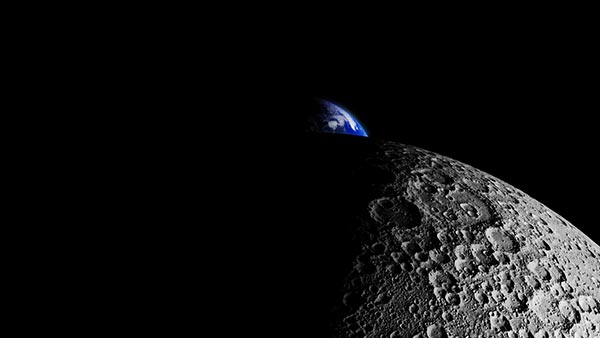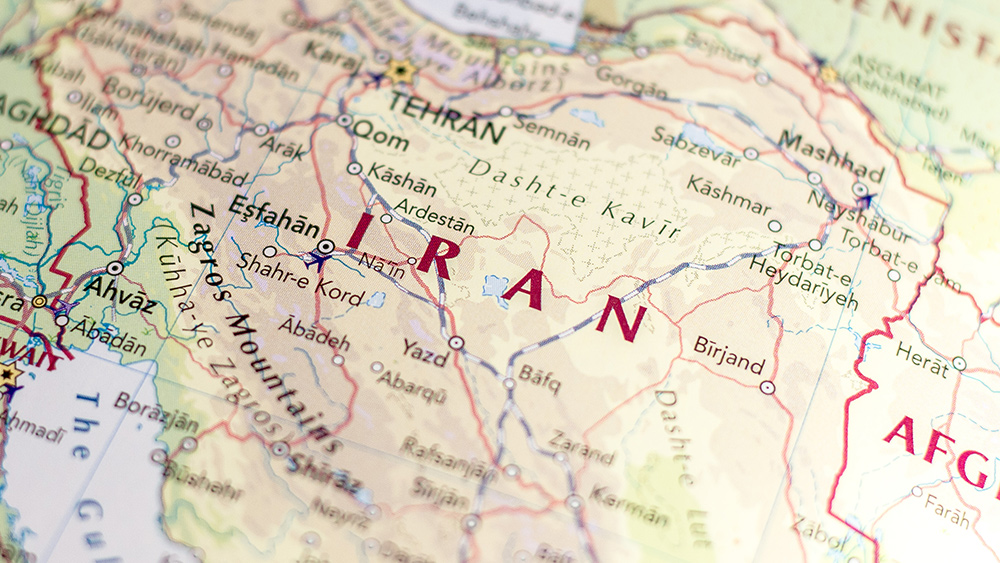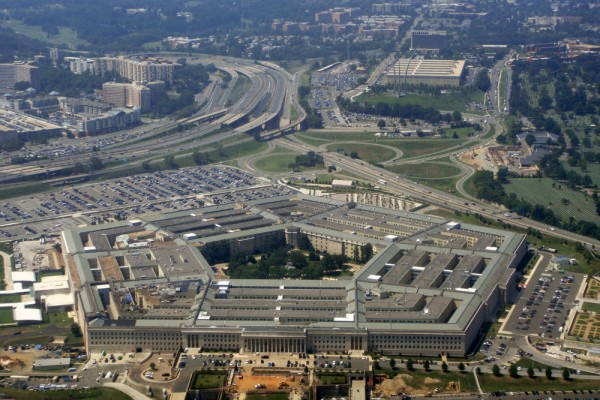“City Killer” asteroid threatens satellite chaos with potential moon impact in 2032
06/27/2025 / By Cassie B.

- Asteroid 2024 YR4 has a 4.3% chance of hitting the moon in 2032, potentially ejecting 220 million pounds of debris, with 10% possibly reaching Earth.
- The impact could create a crater 0.6 miles wide, comparable to a large nuclear explosion, marking the biggest lunar collision in at least 5,000 years.
- Satellites face extreme danger, with a 1,000-fold increase in collision risks from high-speed debris capable of crippling critical space infrastructure.
- Earth may witness a spectacular meteor shower, but the same debris could disrupt GPS, weather monitoring, and internet services for days.
- NASA and global agencies must decide whether to attempt asteroid deflection, though a failed effort could accidentally redirect the space rock toward Earth.
The asteroid 2024 YR4—a 200-foot-wide “city killer” space rock—now has a 4.3% chance of slamming into the moon in December 2032, according to updated simulations. While Earth itself should be spared a direct hit, scientists warn the lunar collision could eject up to 220 million pounds of debris, with 10% potentially raining down on our planet as a meteor shower. The real danger? High-speed, “bullet-like” fragments threatening satellites and space infrastructure in what experts call a “1,000-fold increase” in collision risks.
A near-miss for Earth, but the moon isn’t safe
Discovered in December 2024, 2024 YR4 initially sparked global alarm when early projections suggested a 3.1% chance of striking Earth in 2032. Further analysis ruled out a terrestrial impact, but the asteroid’s path still intersects with the moon’s orbit. Now, the odds of a lunar collision have climbed to 4.3%, with final calculations expected by 2028 when the asteroid makes its next close approach.
If it hits, this would be the largest asteroid to strike the moon in at least 5,000 years, according to Paul Wiegert, a solar system dynamics expert at Canada’s Western University and lead author of a new study on the potential impact. The force, he noted, would be “comparable to a large nuclear explosion,” ejecting enough material to create a crater nearly 0.6 miles wide.
Satellites in the crosshairs
The real threat lies not on Earth’s surface, where atmospheric friction would burn up most debris, but in orbit. Wiegert’s simulations, published on the preprint server arXiv, reveal that Earth’s gravity could funnel lunar ejecta into a dense, high-velocity debris field. “A centimeter-sized rock traveling at tens of thousands of meters per second is a lot like a bullet,” Wiegert told AFP. Such fragments could cripple satellites, disrupt communications, and even endanger crewed space stations like China’s Tiangong.
By 2032, the number of satellites in low-Earth orbit is projected to skyrocket, amplifying the risks. The study estimates satellite strike likelihood could surge to 1,000 times normal levels for days after impact. “You can’t go and fix a satellite. A minor problem is actually a serious problem,” warned Mark Burchell, a space scientist at the University of Kent, highlighting the vulnerability of critical systems like coolant pipes or sensors.
A spectacular light show
For Earthbound observers, the silver lining might be a dazzling meteor shower. Wiegert described the potential display as “spectacular,” visible globally for several nights. Yet the trade-off is steep: The same debris creating this celestial show could jeopardize GPS, weather monitoring, and internet satellites.
The moon’s Earth-facing side has a 50% chance of taking the hit, maximizing debris risks. If the impact occurs on the far side, Earth would face fewer consequences, but lunar missions like NASA’s Artemis program or the planned Lunar Gateway station could still suffer collateral damage from falling ejecta.
With years until a definitive collision verdict, space agencies may face a dilemma: intercept the asteroid or wait. NASA’s 2022 DART mission proved deflection is possible, but 2024 YR4’s proximity to Earth complicates matters. Wiegert cautioned that a botched deflection could inadvertently steer the asteroid toward Earth.
Budget cuts to NASA’s asteroid-tracking programs, however, could undermine preparedness. Meanwhile, the European Space Agency and other global partners may need to collaborate on contingency plans—not just for Earth-bound threats, but lunar ones.
While a 4.3% risk remains low, 2024 YR4 underscores the fragility of humanity’s space-dependent infrastructure. As Wiegert noted, the 2028 flyby will deliver clearer answers. Until then, the asteroid serves as both a warning and an opportunity: to refine defenses, safeguard satellites, and remember that even near-misses can have cosmic consequences.
Sources for this article include:
Submit a correction >>
Tagged Under:
Asteroid, meteor shower, moon, Space
This article may contain statements that reflect the opinion of the author
RECENT NEWS & ARTICLES
COPYRIGHT © 2018 PANIC.NEWS
All content posted on this site is protected under Free Speech. Panic.news is not responsible for content written by contributing authors. The information on this site is provided for educational and entertainment purposes only. It is not intended as a substitute for professional advice of any kind. Panic.news assumes no responsibility for the use or misuse of this material. All trademarks, registered trademarks and service marks mentioned on this site are the property of their respective owners.



















